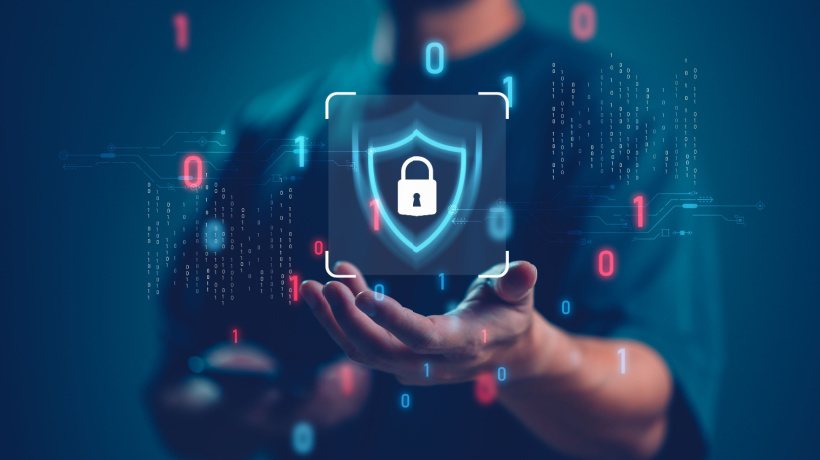Create, Consume, And Collaborate Digitally Now
As machines become increasingly more accurate and intelligent, we humans will need to sharpen our skills. One of your primary responsibilities as a Learning & Development leader is to sharpen your skill and ensure that you empower the workforce to develop the four sets of skills critical to thriving in 2030. I have compiled a series of articles titled eLearning Skills 2030 to explore the essential skills to help you future-proof your career and lead your team. This article explores the skill of Digital Literacy, why it is critical, and what actionable steps you can take today to improve.
What Is Digital Literacy?
Digital Literacy is a broad and evolving term, making many subject matter experts define it differently. The American Library Association defines digital literacy as "the ability to use information and communication technologies to find, evaluate, create and communicate information, requiring cognitive and technical skills." The Organization for Economic Development and Cooperation (OECD) [1] defines digital literacy as one of the core foundational skills for 2030, which provides students and the workforce agency and transformative competencies. I like the crisp definition of digital literacy from the Western Sydney University in Australia, which says that digital literacy means "having the skills you need to live, learn, and work in a society where communication and access to information and knowledge are increasingly through digital technologies like platforms, social media, and smart devices."
As such, digital literacy is vital to our ability to thrive in an increasingly digital world. Digital literacy refers to the why, who, and whom, while digital skills refer to the what and how. For example, digital skills focus on what tool to use (e.g., Twitter or Linkedin) and how to use it (creating a profile, posting a comment, connecting with others, etc.). Digital literacy focuses on the underlying questions of why you need to use Linkedin instead of another platform, how would you use it to expand your network, and what are the opportunities (e.g., creating a professional platform, learning from others) and risks (e.g., bots or fake Linkedin profiles) of doing so.
Why Is Digital Literacy Critical?
In our lifetime, the vital importance of digital literacy was undeniably underscored during the two years of the coronavirus pandemic. During the pandemic, while the world shut down and we isolated ourselves in our homes, we could only communicate, work, and purchase goods and services through digital technology. Digital literacy helped us navigate this unprecedented change and new environment largely dependent on digital technologies. Today, as organizations navigate hybrid workplaces, digital literacy skills are even more critical.
How Can You Strengthen Your Digital Literacy?
In this article, we offer five tactics for improving digital literacy. Three tactics pertain to your individual literacy skills, and they are based on North Carolina State University's Associate Dean Hiller Spiers framework: 1) finding and consuming, 2) creating, and 3) communicating and sharing. The fourth tactic focuses on your ability to lead digital literacy within your organization based on Rasmussen University research [2] pertaining to managing teams collaborating in a digital environment. The fifth and final tactic relates to building a culture of learning within your organization to include digital literacy skills.
1. Find And Consume Digital Content
A critical digital literacy skill is your ability to independently research and problem-solve on the job. Can you define the business problem and find together credible sources of information to help the team problem solve? Are you able to adapt to a dynamic technical landscape? Can you discern the valuable digital content from noise and even deep fakes? These are essential skills relating to fining and consuming digital content that you must strengthen.
2. Create Digital Content
Renee Hobbs, a professor of communication studies at the University of Rhode Island, explains that content creation is a fundamental element of digital literacy. It includes creating emails, articles, blogs, videos, courses, social media posts, and podcasts, among other content types. Creating value-adding digital content means that your content is crisp, easily understood, and adds value to your team and your organization.
3. Communicate And Share Digital Content
The American Library Association points out that communicating and sharing digital content can be a powerful tool for an informed, vibrant, engaged organization and community. It can also be potentially dangerous, so, as a leader, you have the responsibility to model communication and sharing best practices and assist your organization in providing the necessary guardrails to creating and sharing digital content.
4. Manage Team Collaboration In A Digital Environment
As organizations shift to a hybrid workplace and explore optimizing working from home and at the office, a team's ability to effectively use multiple technologies in a blended environment becomes essential to success. As a digitally literate leader, you will need to become fluent in the various technologies and navigate across them so that you can manage and lead your team's digital collaboration.
5. Foster A Continuous Learning Culture
Beyond strengthening your digital literacy skills, you must also foster digital literacy learning within your organization by leveraging a continuous learning culture. Research by Tsedal Neeley and Paul Leonardi in Harvard Business Review [3] reveals that organizations prepare their people for a new digital organizational culture and provide the systems and processes to support them to perform better. In the book "Forward Focused Learning" [4], I wrote chapter four on defining a learning ecosystem, why leaders must focus on fostering a learning ecosystem in their organizations, and how to do it.
A learning ecosystem is a symbiotic environment where employees interact with each other and with the knowledge content, data, and technologies surrounding them to facilitate, develop, deliver, and share learning experiences based on the governance guardrails set by the broader organization. In a related article, I discuss that to build an enduring learning culture that aligns learning to business performance results; you must take the lead by fostering confidence, creativity, and commitment in your team; by aligning learning metrics, strategy, and resources to the CEO plan; and finally, by cultivating continuous improvement in L&D and throughout your organization.
Conclusion
Digital Literacy is a vital skill in an increasingly digital workplace, and it requires that as a leader, you can independently research and problem solves, create digital content, and share and communicate it effectively. Additionally, you have a responsibility to manage your team's digital collaboration. Because digital technologies continue to evolve, foster a culture of learning in your organization so that the new generation of leaders can thrive in 2030 and beyond.
References
[2] What Is Digital Literacy? 5 Skills That Will Serve You Well
[3] Developing a Digital Mindset
[4] Forward-Focused Learning: Inside Award-Winning Organizations









